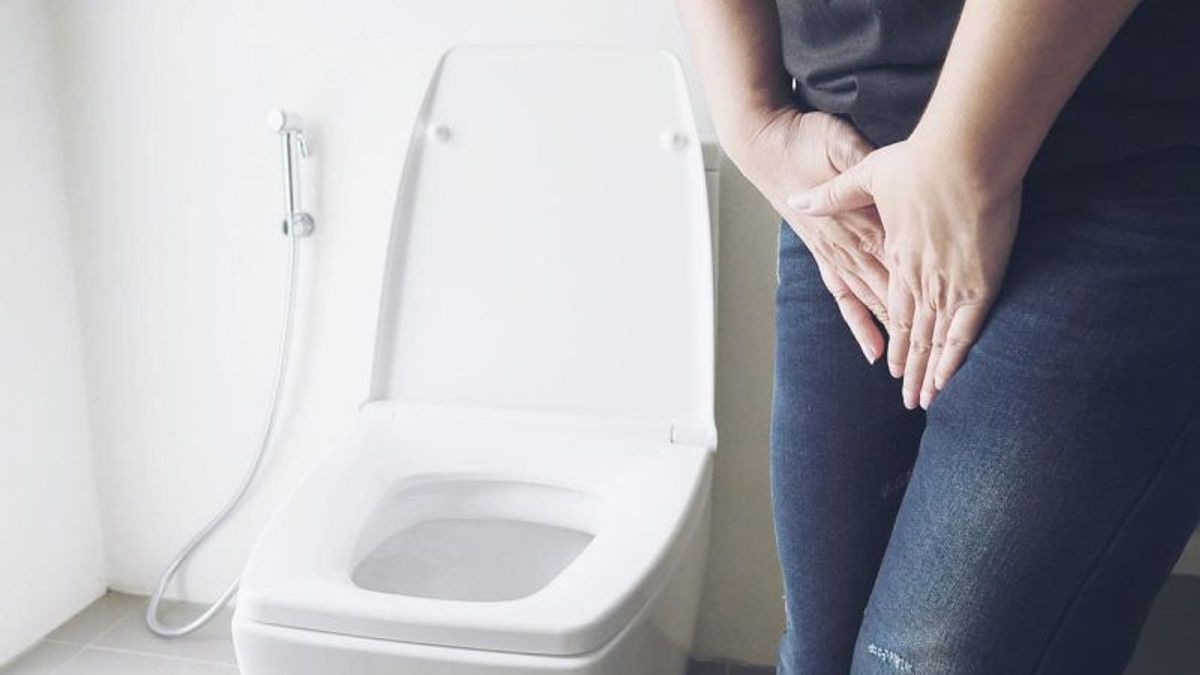JAKARTA - The human bladder can hold quite a lot of fluid, which is about 2.3 cups or 500 ml for the average woman and up to 2.9 cups or 700 ml for men, according to the Institute for Quality and Efficiency in Health Care in Germany.
Although the bladder can hold that much fluid, it's rare for a person to actually need to urinate that much. The urge to urinate begins when the bladder is filled to about 0.8-1.5 cups (200 to 350 ml).
In total, the kidneys produce an average of 7.2 cups (1.7 liters) of urine each day in the average adult.
The urge to urinate occurs when accumulated urine stretches the muscles of the bladder wall. This stretching appears to trigger certain proteins in the muscles that react to mechanical stimuli, such as touch and pressure, according to a National Institutes of Health study published in 2020 in the journal Nature.
People without the gene that carries the instructions for this protein often fail to feel the need to urinate or have difficulty starting to urinate, so they urinate less often than average.
This muscle trigger is one of the reasons why a person should immediately go to the toilet without delaying too long. Holding urine regularly can stretch the bladder muscles, making it more difficult to empty the bladder completely and increasing the risk of bladder infections.
Signals from the bladder muscles travel to the spinal cord via two nerves, the pudendal and hypogastric nerves, according to Physiology, Bladder.
In women after childbirth, sometimes people can experience temporary nerve problems, which can reduce the sensation of having to go to the bathroom, say researchers from the University of Michigan Health System.
In infants and children who are not potty trained, the feeling of full bladder triggers relaxation of the ring of muscles that keeps the bladder closed.
As the pelvic muscles develop, conscious control over urination also develops. The parasympathetic nervous system pushes urine, while the sympathetic nervous system, helps retain urine by relaxing the bladder wall and contracting the bladder neck leading to the urethra, according to Physiology, Bladder.
Sometimes the bladder muscle contracts without triggering a significant amount of urine. These involuntary contractions can cause a sudden and strong urge to urinate otherwise known as an overactive bladder.
According to the Mayo Clinic, this condition can be due to a number of underlying causes ranging from urinary tract infections, diabetes to hormonal changes related to menopause in women. Medications, dietary changes, and pelvic floor exercises are used to treat an overactive bladder.
The English, Chinese, Japanese, Arabic, and French versions are automatically generated by the AI. So there may still be inaccuracies in translating, please always see Indonesian as our main language. (system supported by DigitalSiber.id)













